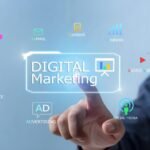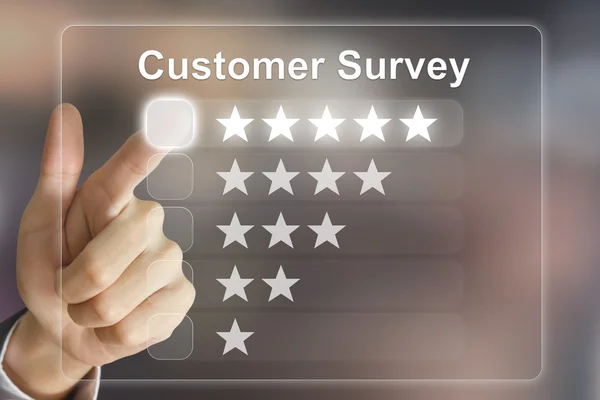In today’s fast-paced digital world, capturing attention is harder than ever. Consumers scroll past endless text-based content, often ignoring messages that fail to engage visually. This is where visual content becomes a game-changer. Images, videos, infographics, and other visual elements grab attention quickly, simplify complex information, and create memorable brand experiences. By leveraging visual content effectively, businesses can increase engagement, strengthen brand awareness, and ultimately drive conversions. A well-crafted visual strategy doesn’t just complement marketing efforts—it enhances them, turning ordinary campaigns into memorable experiences that resonate with audiences.

Why Visual Content Matters
Humans process visuals 60,000 times faster than text, making images and videos a highly effective way to communicate key messages. Visual content appeals to both logic and emotion, creating a deeper connection with audiences. In addition, it boosts retention, ensuring your brand message stays top-of-mind long after the first interaction.
Key Benefits of Visual Content:
-
Captures attention in crowded feeds or websites.
-
Increases engagement on social media, websites, and email campaigns.
-
Simplifies complex concepts using graphics or infographics.
-
Boosts recall and retention of information.
-
Encourages social sharing, amplifying reach organically.
-
Supports brand storytelling by conveying emotions and values.
By integrating visuals strategically, marketers can enhance the overall effectiveness of campaigns while making content more digestible and memorable.
Types of Visual Content to Use
A successful marketing strategy leverages multiple forms of visual content depending on the audience and platform.
Popular Visual Formats:
-
Images and graphics: Highlight products, services, or campaigns with eye-catching visuals.
-
Videos: Tutorials, product demonstrations, behind-the-scenes stories, or customer testimonials that engage viewers.
-
Infographics: Present data, statistics, or processes in a visually compelling and easy-to-understand format.
-
Memes and GIFs: Entertain audiences while making the brand relatable.
-
Presentations and slides: Educate or persuade audiences through structured, visually appealing content.
Selecting the right type of illustrations ensures that marketing messages resonate with the intended audience and platform.
Integrate Visual Content Across Channels
Consistency is key when incorporating visual content across multiple platforms. Unified visuals strengthen brand identity and create a seamless experience for the audience.
Tips for Integration:
-
Use visuals on blogs, websites, and landing pages to complement textual content.
-
Incorporate videos and images into social media campaigns to increase engagement.
-
Include visuals in email marketing to improve click-through rates.
-
Maintain brand consistency through colors, fonts, and tone.
-
Optimize visuals for mobile devices to ensure accessibility and fast loading.
Integrating visuals effectively across channels reinforces brand messaging and builds trust with audiences.
Enhance Engagement with Interactive Visuals
Interactive visuals encourage user participation and create immersive experiences, which increase engagement and strengthen brand relationships.
Examples of Interactive Visuals:
-
Quizzes or polls that use visual elements to drive participation.
-
360-degree product views or virtual tours that immerse users.
-
Clickable infographics or animated diagrams that simplify information.
-
Interactive videos allow users to choose different content paths.
Interactive content keeps users engaged longer, increases time on site, and enhances the likelihood of conversions.
Optimize Visual Content for SEO
Visual content not only attracts attention but also supports search engine optimization, improving organic visibility.
SEO Best Practices:
-
Use descriptive file names and alt text with relevant keywords.
-
Compress images to improve page load speeds.
-
Include captions and context for clarity.
-
Implement structured data for enhanced search results where applicable.
-
Provide transcripts for videos to increase accessibility and indexability.
Optimizing visuals ensures they contribute to overall website performance and search engine rankings.
Measure the Impact of Visual Content
Tracking the effectiveness of visual content is essential for understanding ROI and refining strategies.
Metrics to Monitor:
-
Engagement rates on social media, such as likes, shares, and comments.
-
Time spent on pages featuring visuals compared to text-only pages.
-
Conversion rates are influenced by the visuals on landing pages.
-
Click-through rates on emails with images or videos.
-
Social shares and backlinks generated by visual campaigns.
Data-driven insights help marketers improve visual content strategies for maximum impact.
Conclusion
Visual content is a powerful tool that can elevate marketing efforts by capturing attention, simplifying communication, and creating memorable experiences. By leveraging diverse visual formats, integrating them across channels, optimizing for SEO, and tracking performance, businesses can build stronger connections with their audience, increase engagement, and drive conversions. The power of imagery lies in its ability to combine storytelling with strategy, turning simple messages into compelling experiences that resonate and leave a lasting impression. Harnessing visuals effectively is no longer optional—it’s essential for achieving marketing success in the digital age.











